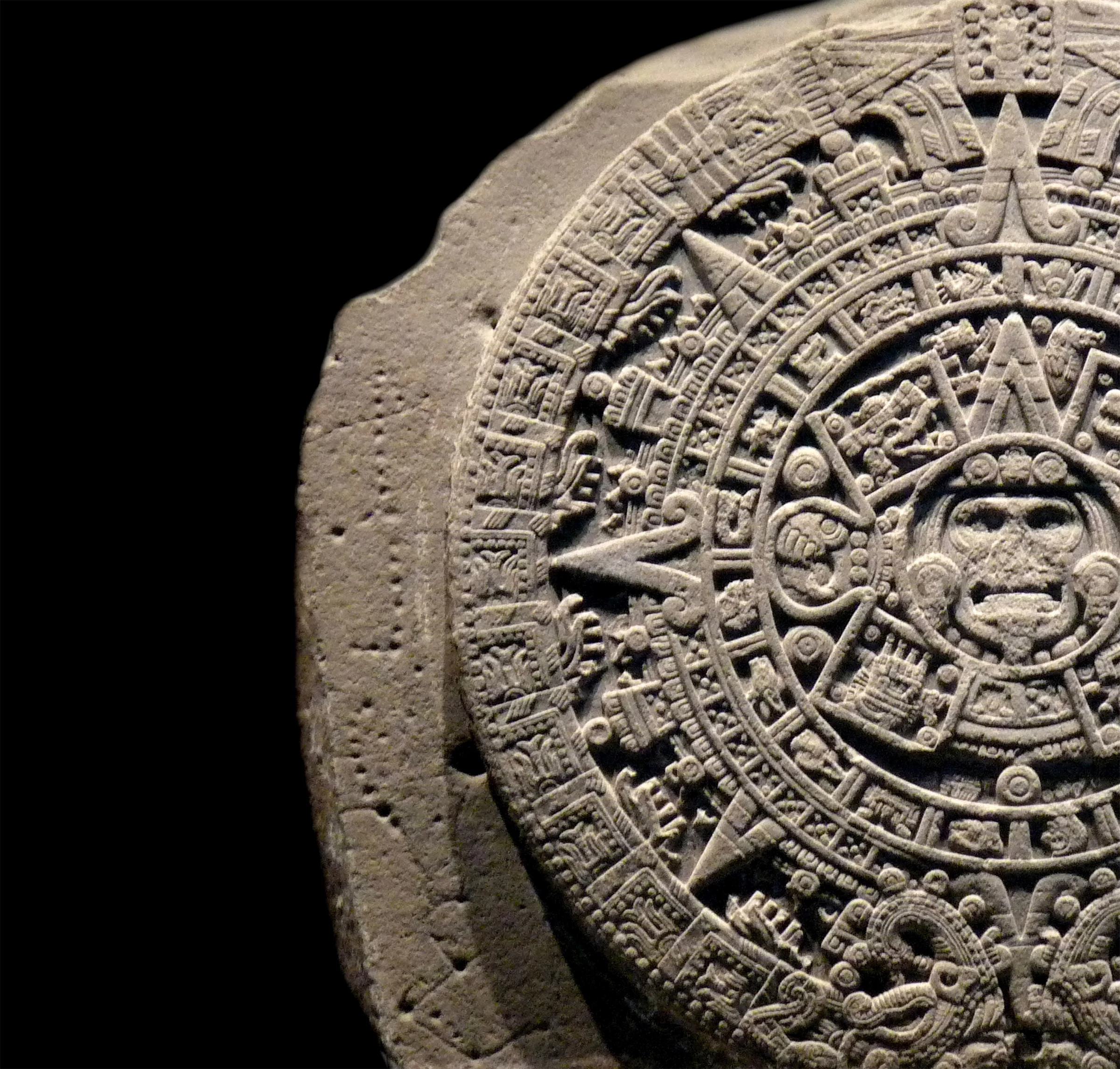The Aztecs
Blood and conquest


The Aztec world began and ended with the city of Tenochtitlán, a shining city rising from an island in Lake Texcoco in central Mexico. Tenochtitlán was the first settlement by the hunter-gatherer Aztec people when they migrated from the northern Mexican plateau in 1325. For 100 years after its founding, the Aztec people developed sophisticated agricultural techniques, cultivating every cubit of available land, reclaiming swampland and building elaborate irrigation systems. To control this productive economy, a deep culture of religion, mythology and caste-based society emerged, and a military-police established valor and violence as the path to personal success. The foundation of a super-power had been laid.
In 1428, the ruler Itzcóatl began a program of aggressive expansion that catapulted the Aztec to continent-spanning influence. Itzcóatl formed alliances with the neighboring city-states Texcoco and Tlacopan, forming the Aztec Empire. Together, their military might steamrolled nearby territories, and through a savvy hegemonic approach to colonization, the Aztec empire left local rulers in charge of their provinces, as long as they paid semi-annual tributes and supplied warriors to the growing Aztec army. For the next 100 years, the empire expanded throughout what is now southern Mexico, from coast to coast and as far south as the northern border of Guatemala.
Culturally, the Aztec Empire was similar to the Roman Empire, acting as a power structure but allowing its provinces to maintain their local cultures, languages, arts and religion—so long as they pay their tributes and add the imperial deity, Huītzilōpōchtli, the sun god of war and human-sacrifice, to their pantheon.